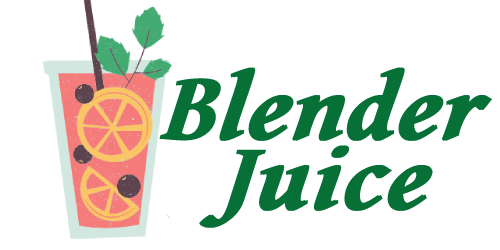What Blender to Use For Smoothies?
Share
You may be one of the many people who have made smoothies a daily habit. But to get not only the best taste, but also the most nutrients from the fruits and vegetables in your smoothie, you need the right blender. The blender is what puts everything together.
It purees, liquefies and mixes all the ingredients. Some people will even use their blenders to mix dry ingredients. Selecting the right type of blender is going to depend on the type of smoothie you're making and how frequently you use it.
The most expensive blender will not necessarily be the best one for you. To select the correct blender, there are a few features you will want to look at. You want to look for a blender that has a wide, sturdy base. You don't want it to vibrate when blending at high speeds.
Some blenders have metal bases while others have plastic. Metal is the sturdier material; it is more durable and heavier. You also need to look at the horsepower or wattage of the blender. At least 350 watts is recommended for non-commercial use, but 500 watts is preferable.
A blender with lower power will have to run at a high rpm, or revolutions per minute. A blender's rpm rating isn't a good way to judge capacity, however. If the power is low, putting ingredients in the blender will significantly lower the rpm. In addition, you may want to crush ice in some of your smoothies.
If the blender isn't capable of crushing ice efficiently the drink will contain large chunks of ice. To pick a good blender for smoothies, you need one that will sustain blade speed regardless of what ingredients you are mixing. Different brands of blenders will have various speed settings.
Some may have only two settings, high and low, while others will have several speeds. The multi-speed option isn't required for most smoothies. However, you do want a blender with a pulse feature. The pulse button gives the blender quick pulses of power while mixing. Blenders have two container types: glass or plastic.
There are pros and cons to each. Plastic won't break if dropped and is significantly lighter. However, it is also prone to scratching and it absorbs the odors of substances that are mixed in it, which may be its biggest drawback. Plastic jugs have to be cleaned numerous times before the odor is eliminated.
On top of that, plastic jugs don't tend to hold up to repeated washings in the dish. You should also look at the size of the container. Are you blending just one smoothie, or several servings at one time? You may also want to look at the lid. Some have a nice feature that allows you to remove part of the lid to add ingredients while the blender is mixing ingredients.
While this feature is not necessary, it is a definite advantage versus having to push the blender's "stop" button every time you want to add something. Smoothies can be a very healthy food and a great treat. But if they're troublesome to make, what good are the benefits? Choosing your equipment wisely will help make the smoothie preparation process smooth, easy and fun.
